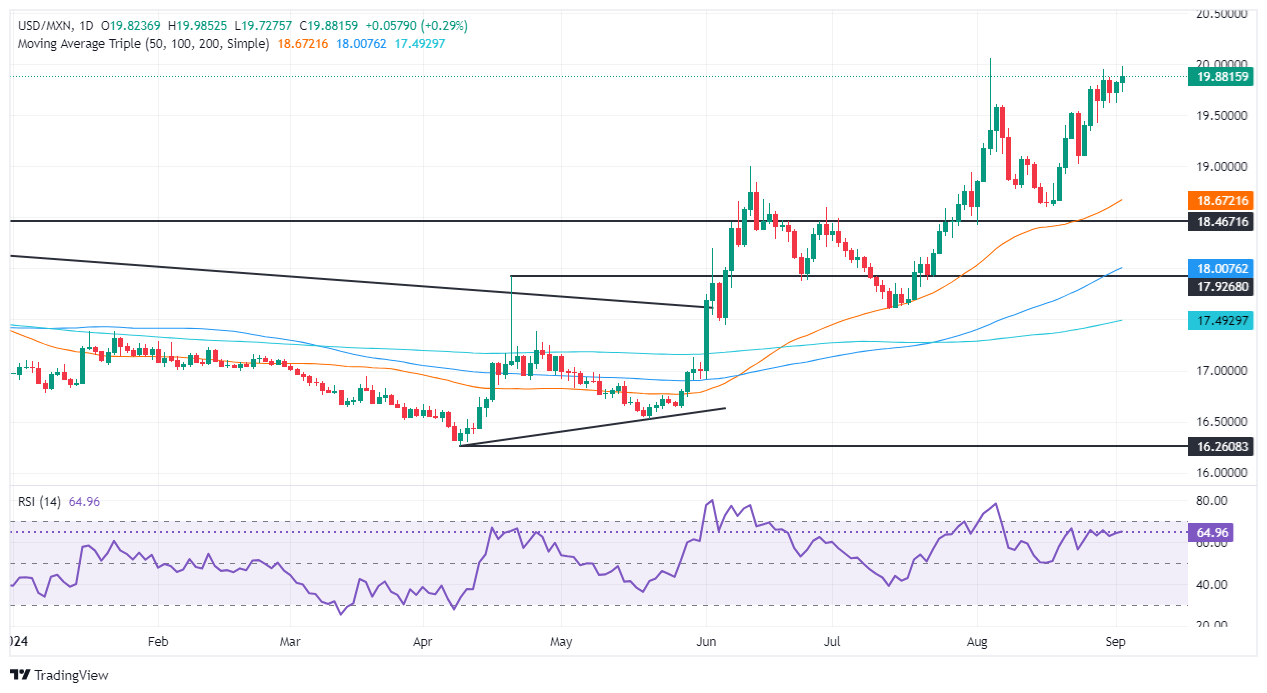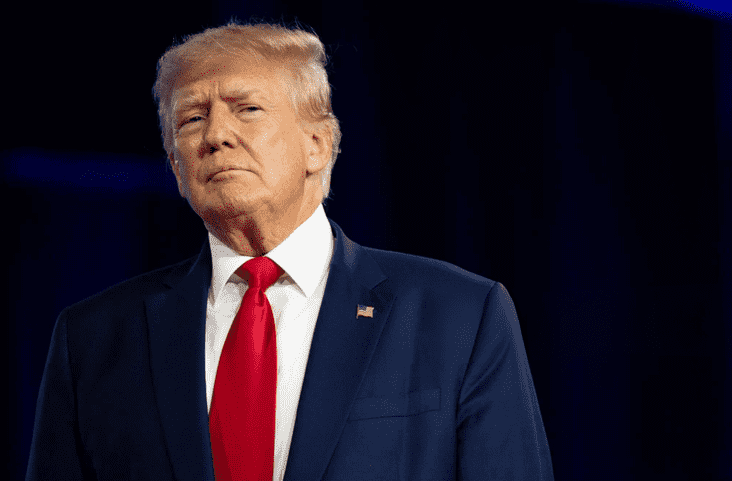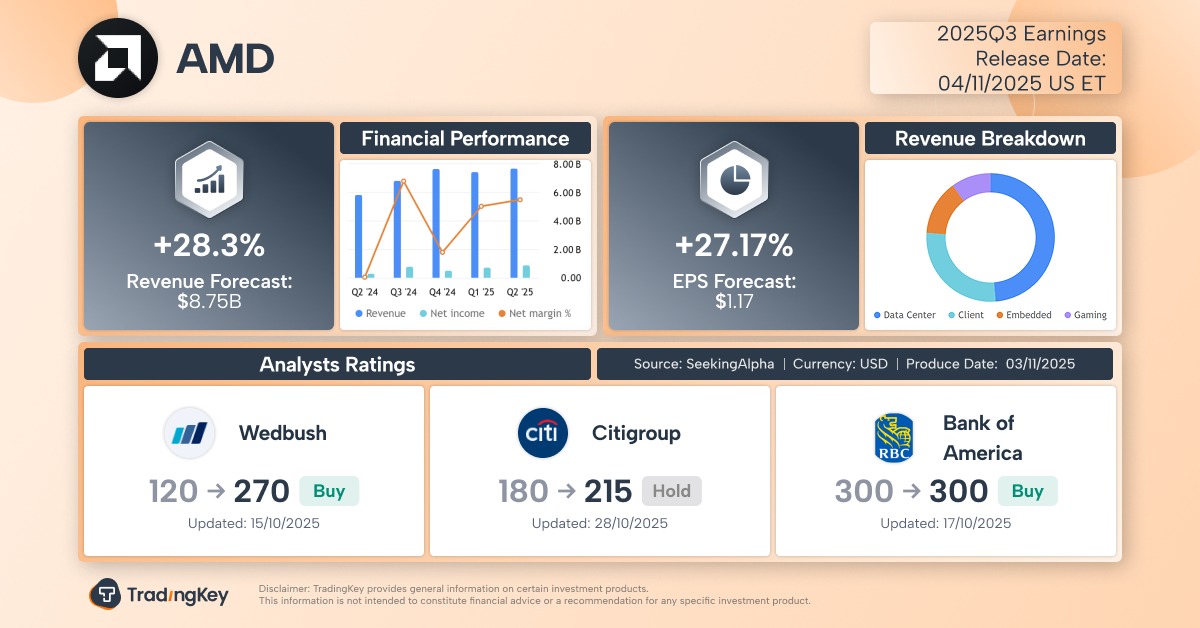Mexican Peso trims losses amid turmoil linked to judiciary reform

- Mexican Peso on backfoot as Congress votes on controversial judicial reform.
- Morena’s supermajority is expected to pass the bill to the Senate, where they don’t have the majority.
- Mexico’s Unemployment Rate rises in July, reflecting economic weakness.
The Mexican Peso prints minumal losses for the second straight day against the Greenback, yet it has recovered some ground. The USD/MXN fell from around 19.98 after the release of the US Institute for Supply Management (ISM) Manufacturing PMI report. The USD/MXN trades at 19.79 and gains some 0.05% at the time of writing.
Political turmoil in Mexico weighs on the Mexican currency as Congress prepares to vote for the judicial reform, which, according to foreign governments, workers of the Mexican court system, and multinational companies, if approved, could threaten democracy and open the door for criminal organizations to infiltrate the courts.
It is expected that Morena’s supermajority will approve the bill at the Chamber of Deputies. However, in the Senate, Morena remains slightly short of achieving the majority needed to modify the Constitution.
Recently, Morena’s Coordinator at the Chamber of deputies, Ricardo Monreal said they would discuss the reform at around 22:00 GMT, with the attendance of only Morena and its allies' deputies.
Regarding this, a judge granted a stay over the weekend to prevent debate on the proposal. The initiative has sparked a strike in the judicial sector, strained relations with the United States, and shaken local markets amid widespread doubts it generates.
In July, Fitch Ratings commented that it could negatively affect Mexico's investment appetite.
In addition, President Andres Manuel Lopez Obrador has also pushed bills to abolish autonomous bodies, such as the antitrust regulator and the Transparency Institute.
Mexico’s economic docket featured jobless rate data, which showed an uptick in the Unemployment Rate, which was aligned with the estimated rate, though higher than in June, according to the National Statistics Agency (INEGI).
Across the border, the US ISM Manufacturing PMI remained in contractionary territory, yet the Employment sub-component improved compared to July’s data, welcomed by investors as Federal Reserve (Fed) officials had shifted to achieve the maximum employment mandate.
Daily digest market movers: Mexican Peso tumbles as economic data confirms slowdown
- Mexico’s Unemployment Rate increased to 2.9% in July as expected, but it was higher than the 2.8% from June. Seasonally-adjusted figures showed Jobless Rate was unchanged at 2.7%.
- Monday’s data in Mexico showed an improvement in Business Confidence, while business activity deteriorated further as measured by the S&P Global Manufacturing PMI.
- Most banks expect the Bank of Mexico (Banxico) to reduce rates by at least 50 basis points (bps) for the remainder of 2024. This would pressure the Mexican currency, which has already depreciated 15.38% year to date (YTD).
- ISM Manufacturing PMI in August came at 47.2, below estimates of 47.5 but above July’s 46.8. Meanwhile, the Employment sub-component index rose from 43.4 to 46.0.
- US Nonfarm Payrolls in August are expected to grow from 114K to 163K, while the Unemployment Rate is foreseen ticking lower from 4.3% to 4.2%.
- Data from the Chicago Board of Trade (CBOT) suggests the Fed will cut at least 96.5 basis points, according to the fed funds rate futures contract for December 2024.
Technical outlook: Mexican Peso slumps as USD/MXN climbs above 19.80
The USD/MXN is upwardly biased, consolidating near the 19.50-20.00 area. The Relative Strength Index (RSI) is flat, though it remains bullish, indicating that momentum shows further upside in the exotic pair.
If USD/MXN buyers clear the 20.00 figure, plenty of additional topside targets exist. The next resistance would be the YTD high at 20.22, followed by the September 28, 2022, daily high at 20.57. If those two levels are surrendered, the next stop would be August 2, 2022, swing high at 20.82, ahead of 21.00.
On further USD/MXN weakness, the first support would be 19.50. A breach of the latter will expose the August 23 swing low of 19.02 before giving way for sellers eyeing a test of the 50-day Simple Moving Average (SMA) at 18.65.

Banxico FAQs
The Bank of Mexico, also known as Banxico, is the country’s central bank. Its mission is to preserve the value of Mexico’s currency, the Mexican Peso (MXN), and to set the monetary policy. To this end, its main objective is to maintain low and stable inflation within target levels – at or close to its target of 3%, the midpoint in a tolerance band of between 2% and 4%.
The main tool of the Banxico to guide monetary policy is by setting interest rates. When inflation is above target, the bank will attempt to tame it by raising rates, making it more expensive for households and businesses to borrow money and thus cooling the economy. Higher interest rates are generally positive for the Mexican Peso (MXN) as they lead to higher yields, making the country a more attractive place for investors. On the contrary, lower interest rates tend to weaken MXN. The rate differential with the USD, or how the Banxico is expected to set interest rates compared with the US Federal Reserve (Fed), is a key factor.
Banxico meets eight times a year, and its monetary policy is greatly influenced by decisions of the US Federal Reserve (Fed). Therefore, the central bank’s decision-making committee usually gathers a week after the Fed. In doing so, Banxico reacts and sometimes anticipates monetary policy measures set by the Federal Reserve. For example, after the Covid-19 pandemic, before the Fed raised rates, Banxico did it first in an attempt to diminish the chances of a substantial depreciation of the Mexican Peso (MXN) and to prevent capital outflows that could destabilize the country.







